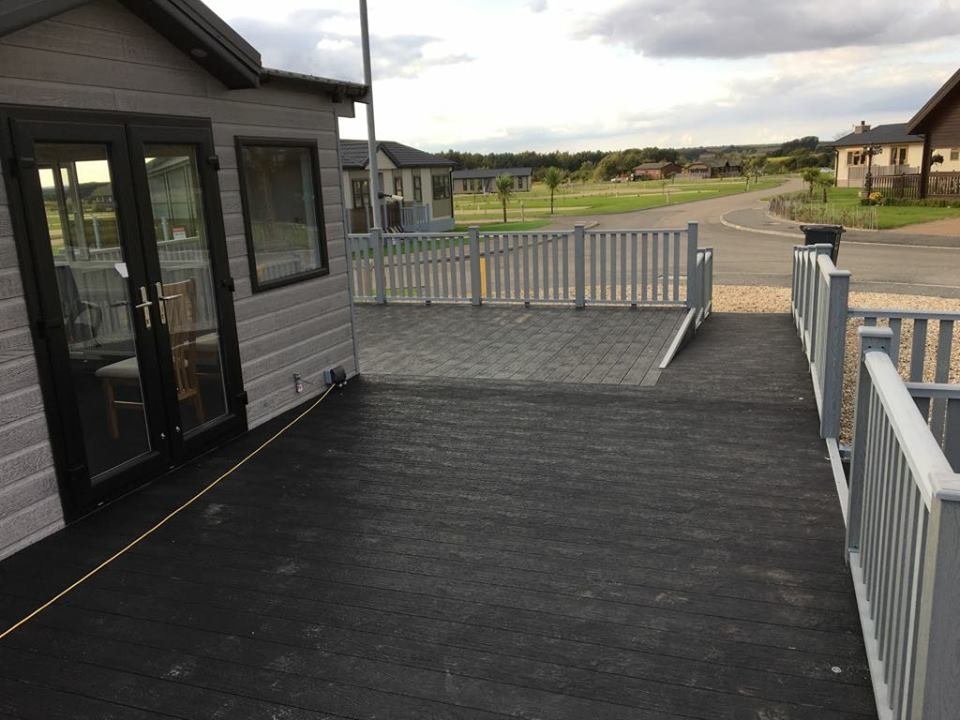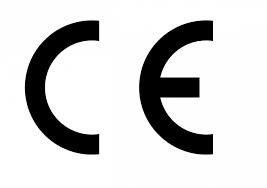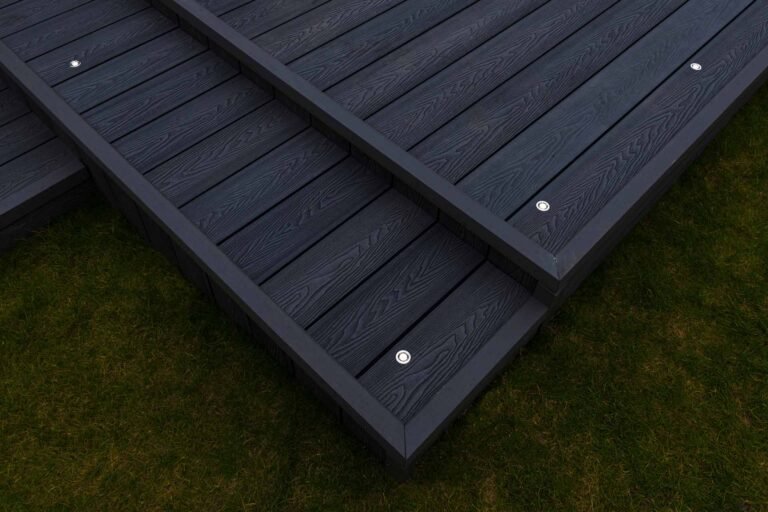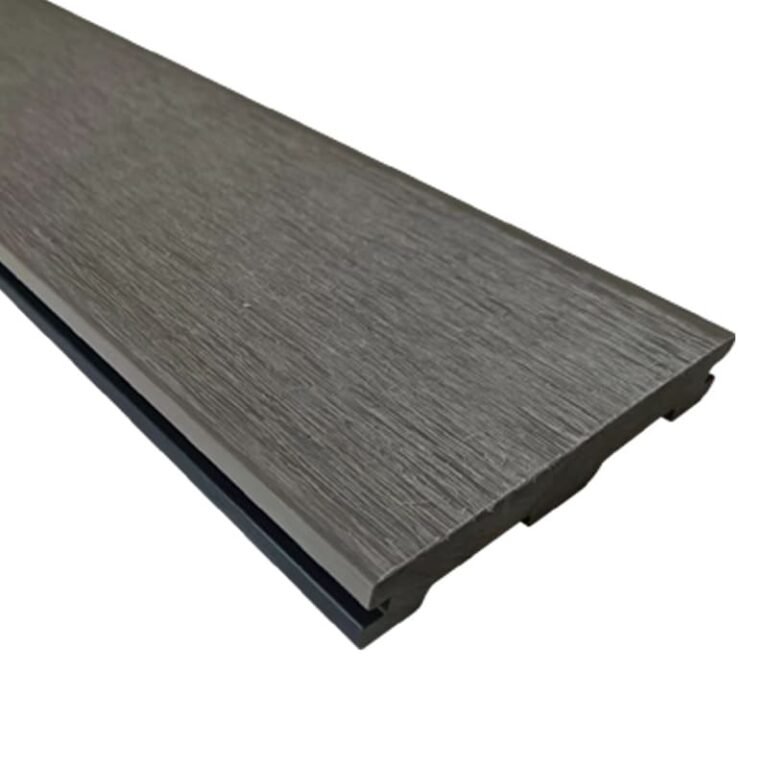Struggling to find reliable, high-quality composite decking for your inventory? Inconsistent suppliers and subpar materials can damage your reputation and hurt your bottom line. Partnering with an experienced manufacturer solves these issues.
Choosing the right composite decking involves understanding material types, core benefits, and market demand. Focusing on certified, consistent products from a reliable supplier like us ensures you can offer your clients the best, boosting your inventory's value and your business's reputation.
This gives you the basic idea. But the details are what really matter for your business. Over my 12 years in this industry, I've seen that success comes from knowing the product inside and out. Let's look closer at the specific choices you need to make to stock the best products for your customers and maximize your profitability.
What Are the Key Differences Between WPC Decking Generations?
Are your customers confused by terms like "co-extrusion[^1]" or "3D grain"? Not knowing the critical differences can lead to selling the wrong product for the wrong application, which can cause problems for everyone. Understanding the generations makes you the expert.
First-generation (uncapped) WPC is a core mix of wood and plastic. Second-generation (co-extrusion) WPC adds a protective polymer shell, which drastically improves stain, fade, and scratch resistance. This makes it a more durable, premium, and profitable product to offer your customers.
![Comparing first and second generation WPC decking boards side-by-side] 
When I first started in the WPC industry, first-generation decking was the standard. It was a huge improvement over traditional wood, but it had its weaknesses. We quickly saw the market demand something more robust. This is where the evolution of the product really matters for your business.
First-Generation (Uncapped) Decking
This is the original composite decking. It is a mix of wood fibers and plastic pressed together. While it's more durable than wood, its surface is porous. This means it can be susceptible to staining from things like grease or wine. It's a good entry-level product, but requires more care from the end-user. We found that wholesalers who stocked this mainly served price-conscious customers for simple, low-traffic residential projects. It's a solid product, but its limitations created an opportunity for something better.
Second-Generation (Capped/Co-extrusion) Decking
This is where the real innovation happened. We call it "co-extrusion" because we extrude the WPC core and a protective outer shell at the same time. This outer cap is a high-performance polymer that is non-porous. It completely seals the core from the elements, making it incredibly resistant to stains, fading, and scratches. For a wholesaler, this is a much easier product to stand behind. It commands a higher price, comes with longer warranties, and results in happier customers. It's the standard for any serious decking project today.
| Feature | First-Generation (Uncapped) | Second-Generation (Capped) |
|---|---|---|
| Stain Resistance | Moderate | Excellent |
| Fade Resistance | Good | Excellent |
| Price Point | Lower | Higher |
| Target Customer | Budget-conscious, DIY | Quality-focused, Contractors |
| Warranty | Shorter (e.g., 10-15 years) | Longer (e.g., 25+ years) |
How Do Decking Profiles and Cores Impact Installation and Cost?
Are you trying to balance product cost with performance for your inventory? Choosing the wrong profile or core type can lead to higher shipping costs, installation challenges for your clients, or performance issues down the road. Knowing the difference helps you optimize your stock.
Solid-core decking is stronger and feels more like traditional wood, making it ideal for commercial or high-traffic areas. Hollow-core is lighter, more economical to ship and purchase, and easier to handle. These profiles are great for standard residential projects where budgets are a key concern.
Every container of decking you import represents a significant investment. My partners are always asking me how they can get the best value. The answer often comes down to choosing the right profile for their specific market. It’s a balance between upfront cost, shipping weight, and the performance their customers expect.
Solid Core: The Heavy-Duty Choice
Solid decking boards are exactly what they sound like—solid all the way through. They are heavier and more rigid, which gives them a feeling very similar to traditional timber underfoot. Their strength makes them the top choice for commercial applications like restaurants, marinas, and public walkways. For your business, this is your premium offering. It costs more to produce and ship due to its weight, but it's the right choice for contractors who will not compromise on strength and durability for their high-end projects.
Hollow Core: The Economical Option
Hollow-core decking has channels running through the inside of the board. This design uses less material, which makes the boards lighter and less expensive. The weight reduction is a big deal for shipping. You can fit more square meters of decking into a container for the same weight, which lowers your cost per unit. These boards are still very strong and perfect for most residential decks. I've found that wholesalers have great success by offering hollow core as their high-volume, cost-effective solution for homeowners and general builders. It provides excellent performance for the price.
Which Certifications Truly Matter for Importing WPC Decking?
Are you worried about product quality and meeting international standards? Importing uncertified products is a huge risk. It can lead to problems at customs, legal liability, and selling inferior goods that damage your brand's reputation. Focusing on key certifications ensures a smooth and safe process.
For UK and EU markets, CE marking[^2] is essential as it shows the product meets safety and environmental standards. FSC certification[^3] is crucial for proving sustainable sourcing. Additionally, ISO and third-party reports from labs like Intertek validate quality and performance claims, building trust with your clients.
One of the biggest concerns for new partners is navigating the world of international trade regulations. They want to know that the product they buy from me is not only high-quality but also fully compliant with their local laws. I make this a priority because my job is to make your import process seamless and worry-free.
CE Marking: Your Ticket to Europe
The CE mark is non-negotiable for selling building materials in the UK and European Economic Area. It’s a declaration from us, the manufacturer, that our WPC decking meets all the legal requirements for health, safety, and environmental protection. Without it, your shipment could be stopped at the border, and you could face major fines. We provide all the necessary CE documentation to ensure your product is ready for the market the moment it arrives.
FSC: Proof of Sustainability
Today's customers are more environmentally conscious than ever. Forest Stewardship Council (FSC) certification proves that the wood fibers used in our WPC come from responsibly managed forests. This isn't just a "nice to have"; it's a powerful selling point. For wholesalers, being able to market your decking as FSC-certified can attract architects, developers, and homeowners who prioritize sustainability. It shows you are a responsible supplier.
ISO & Third-Party Testing: Verifying Quality
While CE and FSC are about compliance and sourcing, ISO 9001 certification speaks to our manufacturing process. It shows we have a robust quality management system in place. To go even further, we use independent labs like Intertek to test our products for things like strength, slip resistance, and color fastness. I provide these reports to my partners as proof. It’s one thing for me to say our decking is strong; it’s another for a world-renowned lab to confirm it. This documentation gives you and your customers complete confidence in the product.
How Can You Optimize Decking Lengths to Reduce Waste and Costs?
Is the waste from cutting boards to size eating into your profits? Both you and your contractor clients lose money on every offcut that gets thrown away. This is a hidden cost that many people overlook. But with strategic ordering, you can minimize waste significantly.
Offer a range of standard lengths (e.g., 2.9m, 3.6m, 4m) that allow your clients to plan projects efficiently. For very large orders, custom lengths sent directly from our factory can eliminate nearly all waste. We work closely with our partners to find the most economical lengths for their market.
A smart wholesaler thinks about the entire supply chain, right down to the installer on site. I learned early on that helping my partners save money on waste and shipping is just as important as the product's quality. This is how a good supplier becomes a great partner.
The Power of Standard Lengths
Most decks are designed around common dimensions. By stocking the most popular lengths for your region, you make life easier for your customers. They can buy boards that closely match their project needs, which means fewer cuts and less material thrown in a skip. This saves them money and makes you their preferred supplier. We analyze sales data with our partners to identify the most efficient standard lengths to stock, ensuring faster inventory turnover and happier clients.
Optimizing Your Container
The logistics of shipping are critical to your profit margin. A 40ft container has a specific internal length, and our goal is to use every inch of it. I work directly with my partners to calculate the perfect mix of board lengths to maximize container space. For example, instead of shipping only 4m boards, a mix of 2.2m and 3.6m boards might fill the container more completely. This lowers your per-unit shipping cost, which gives you a competitive advantage in the market. This is a service we provide because your success is our success.
Conclusion
Choosing the right WPC decking isn't just about the product itself; it's about building a smart, reliable partnership. We provide the quality, support, and expertise to help your business grow.
[^1]: Understanding co-extrusion can help you choose more durable and profitable decking products.
[^2]: Understanding CE marking is essential for compliance and selling in the UK and EU markets.
[^3]: Explore the significance of FSC certification in promoting sustainable sourcing.








